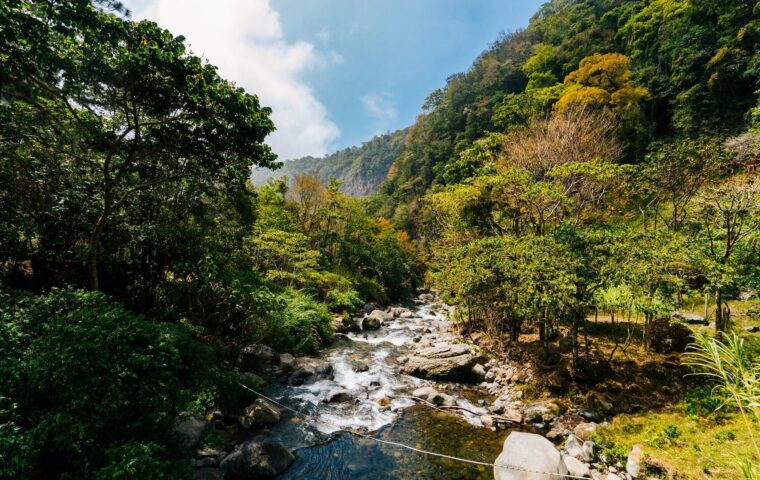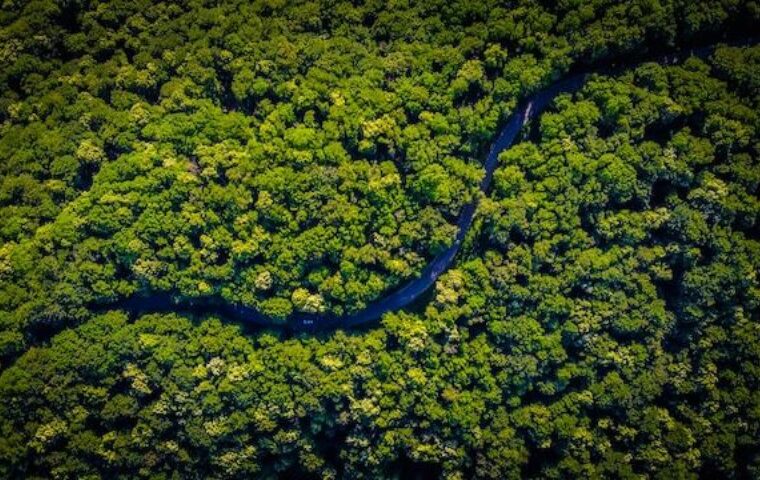Afforestation Project, Panama
Panama
The project area covers 13,242 hectares of land and has an estimated emission reduction of 3,379,220 tonnes of CO2. While it was originally forest land, this degraded land area has been used for extensive cattle ranching. The project focuses on reforestation with 20 native tree species and protects more than 30 other tree species.
The forests in the project area are made up of native tree species in a mix with non-native species, for example the Anacardium excelsium in combination with the Tectona grandis (teak). The area also offers a habitat for 15 endangered animal species from the Red List, such as sloths and anteaters.
Main goals
The projects contains three main goals:
Sustainable timber production
Cocoa production
Capturing carbon dioxide by planting trees
In addition to planting new trees, this project also provides for sustainable timber production and cocoa cultivation, creating new income streams. The forest management and cocoa production stimulate new employment opportunities, improve the economic and social situation and supports local schools with educational materials.

The project covers a total of 13,242 hectares of land in Panama, whereas 8,450.14 hectares is used for afforestation. Please consult the documentation at the bottom of the page for an overview of all areas.
Afforestation is a vital strategy in the fight against climate change. By planting trees, we create natural carbon sinks that absorb and store carbon dioxide from the atmosphere. This helps reduce greenhouse gas levels, mitigating the global warming effect. Additionally, afforestation promotes biodiversity, enhances soil health, and contributes to sustainable ecosystems, making it a crucial tool for a more resilient and sustainable future.
How is this project contributing to the Sustainable Development Goals?
This project has been verified by the Gold Standard, a certification system created by WWF that follows the Paris Climate Agreement and Sustainable Development Goals. CO2OL Tropical Mix was among the first to be approved under the famous Gold Standard for projects involving land use and forestry. The cocoa-growing regions were the first farming systems to get Gold Standard certification. Also, the forest management got certified by FSC (Forest Stewardship Council), and the cocoa production is certified as UTZ and EU organic.
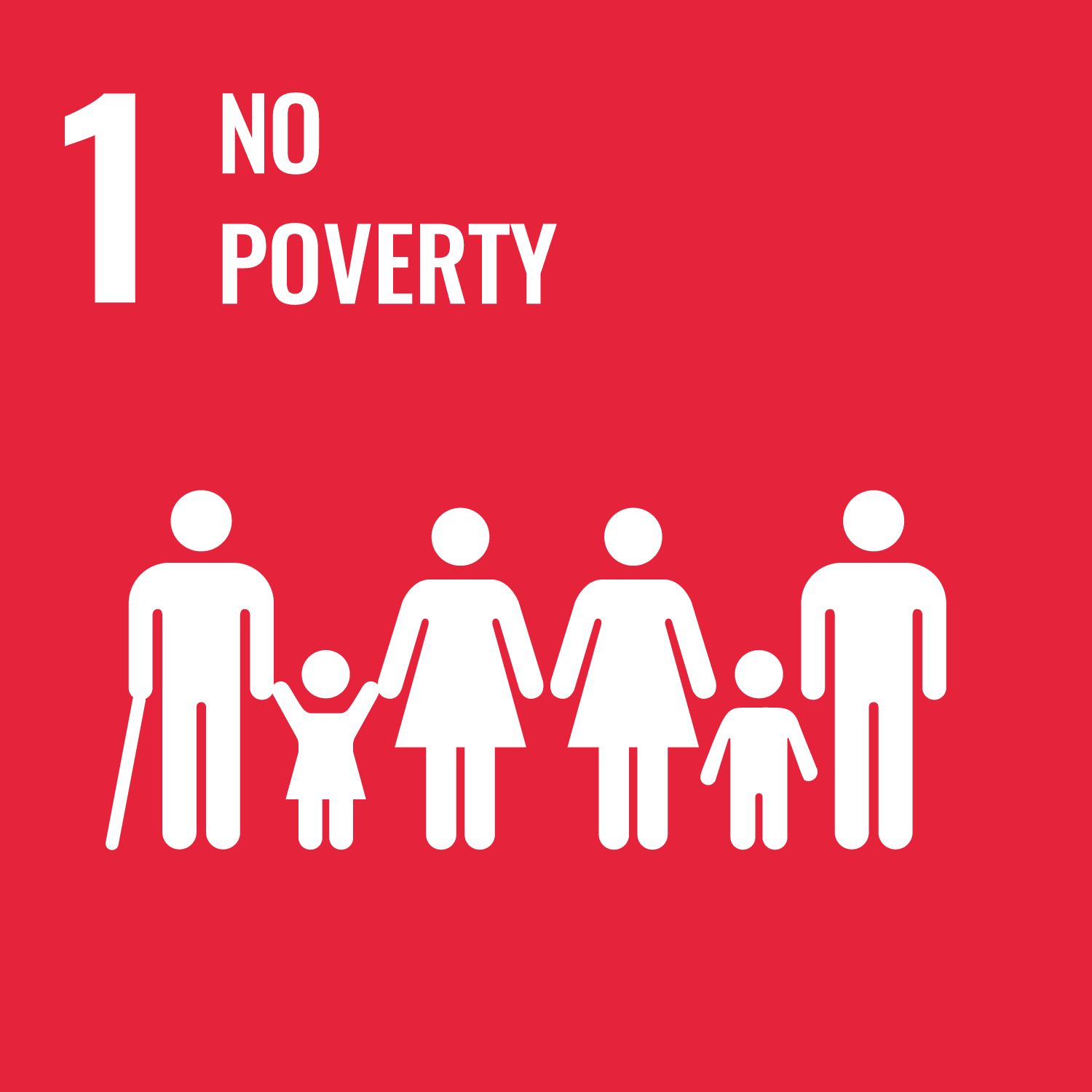
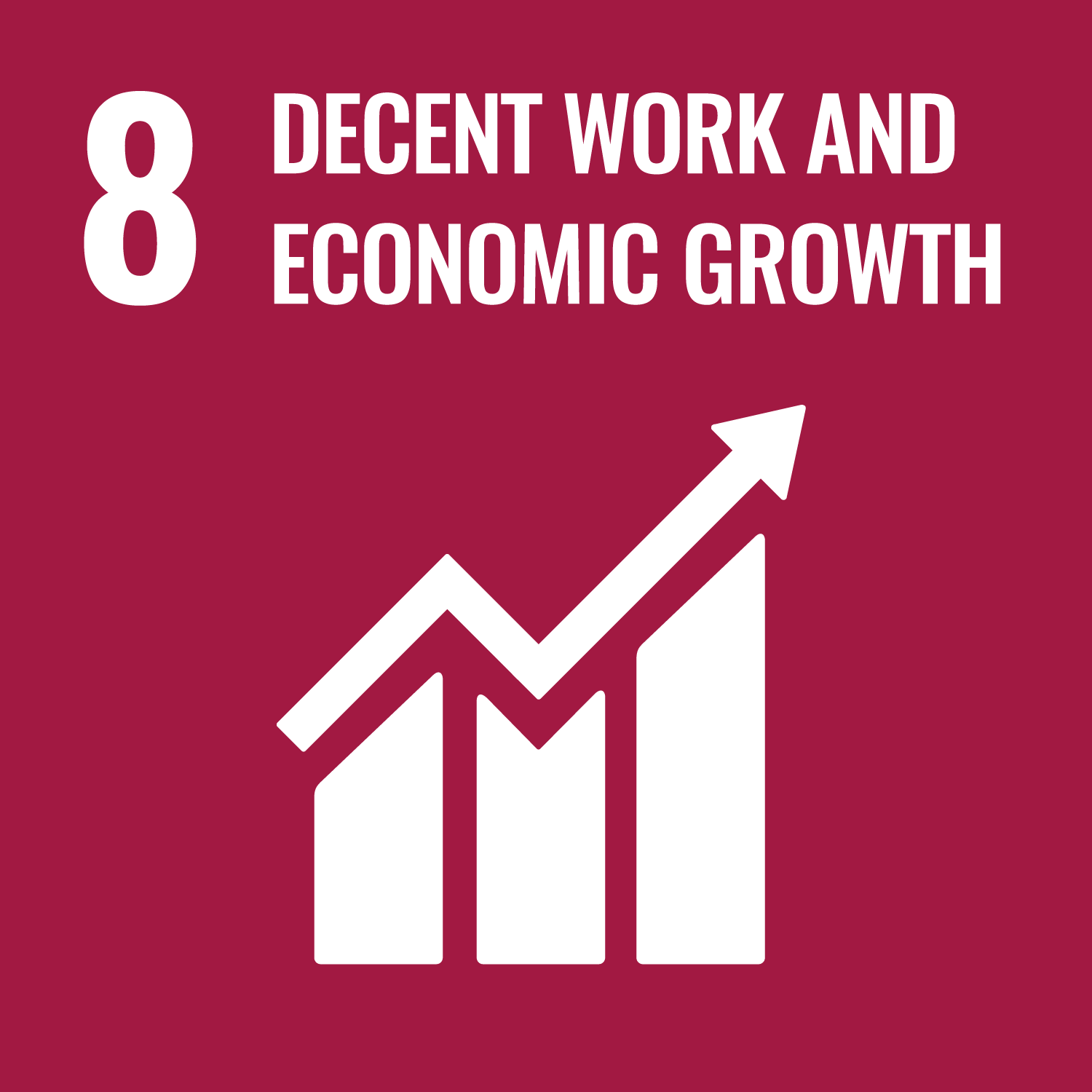
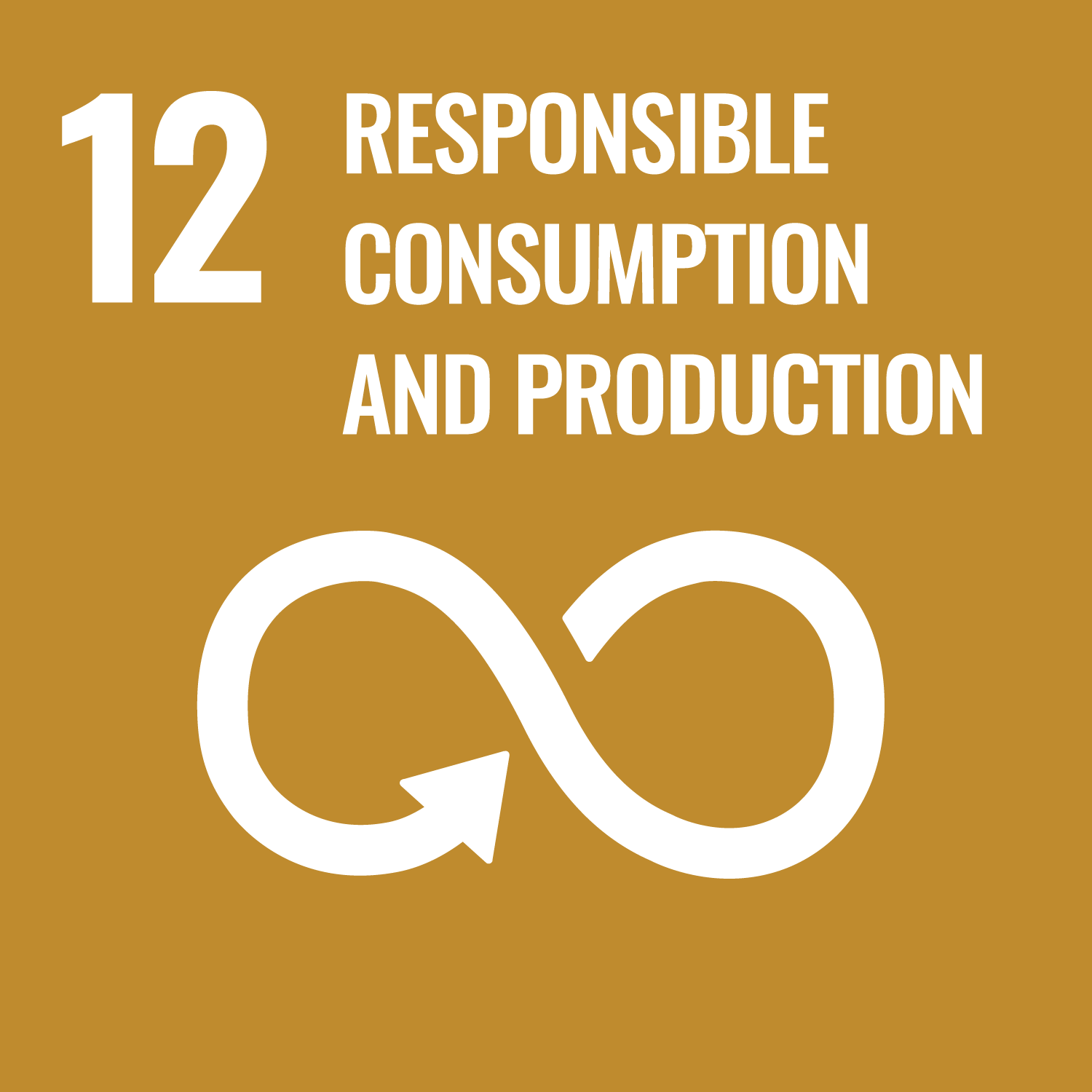
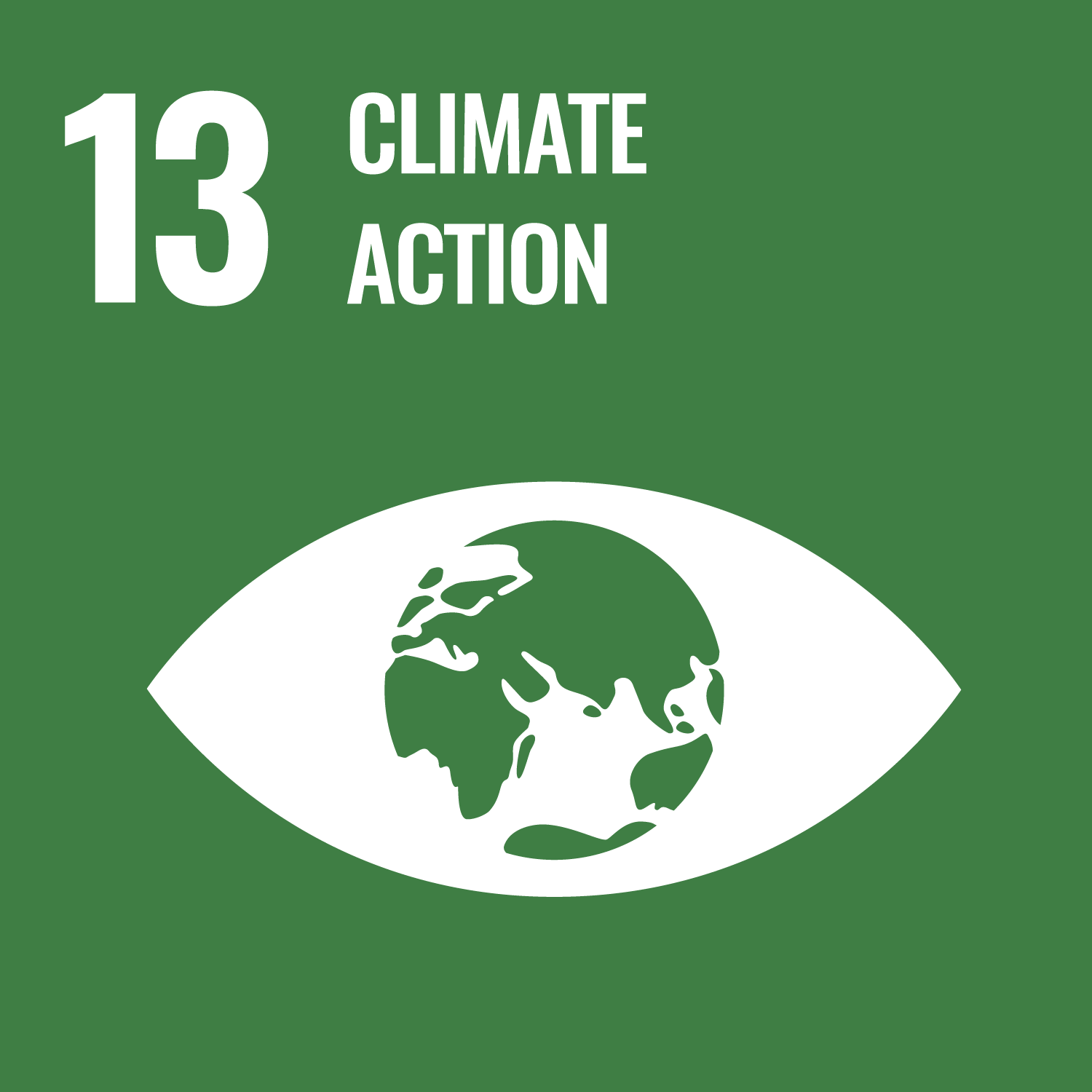
Social benefits
The forest project in Panama is not only committed to combating climate change, but also contributes to social benefits. The project has created more than 150 jobs for local workers, who receive a wage above the legal minimum, including health insurance and a pension fund. Additional benefits, like life insurance, training and education are offered as well, to improve the living conditions in the area.


